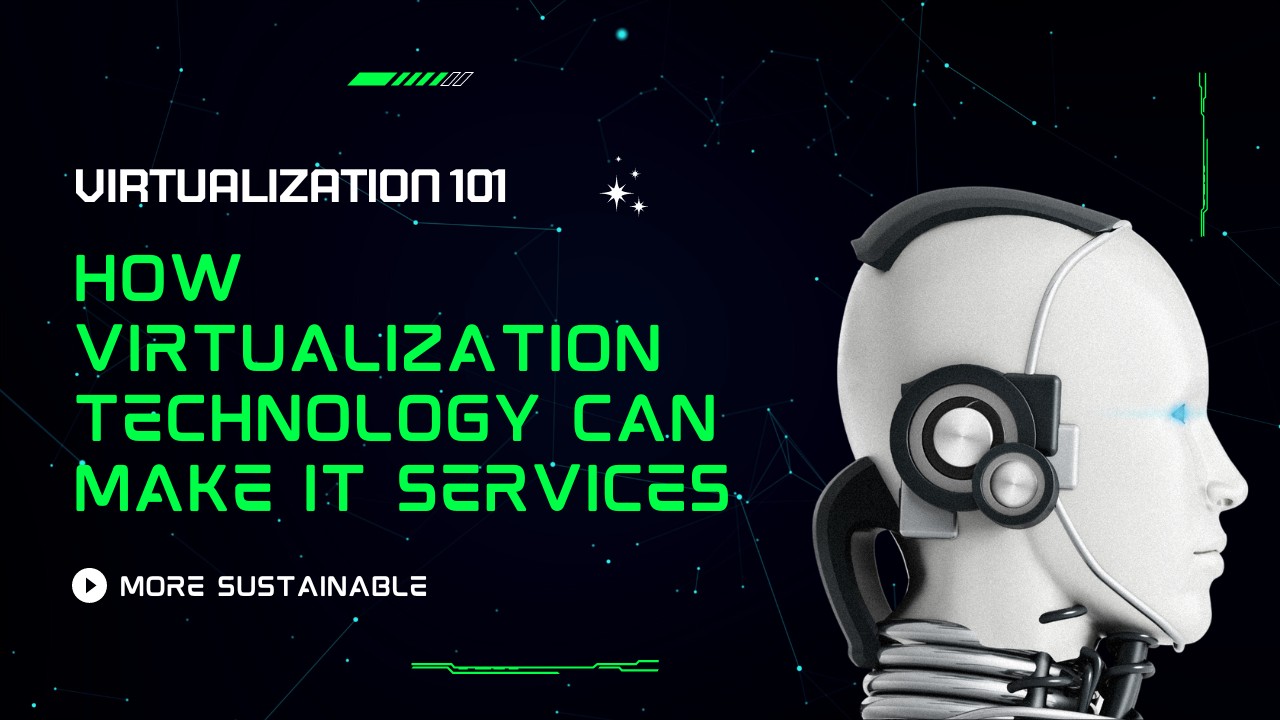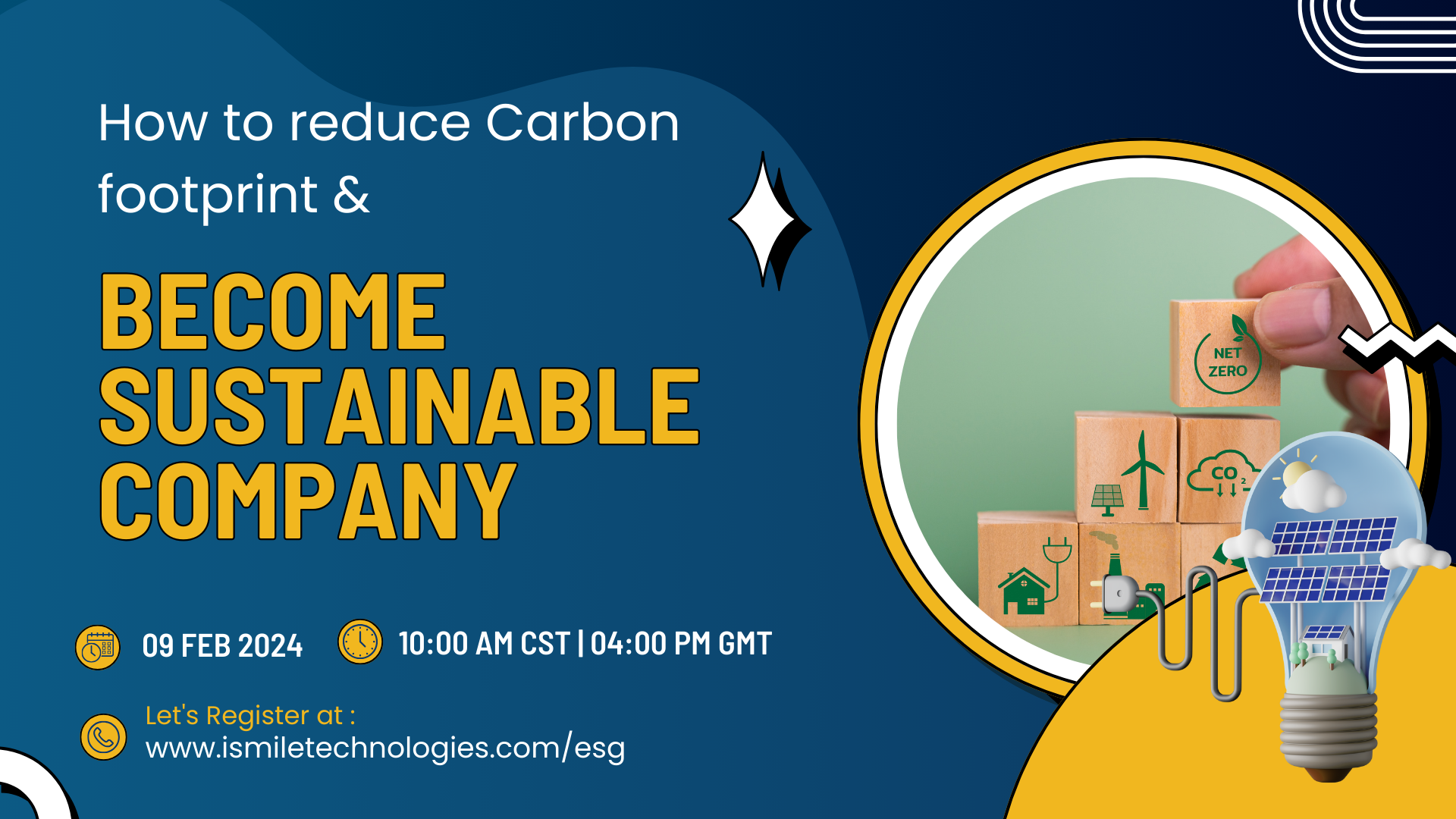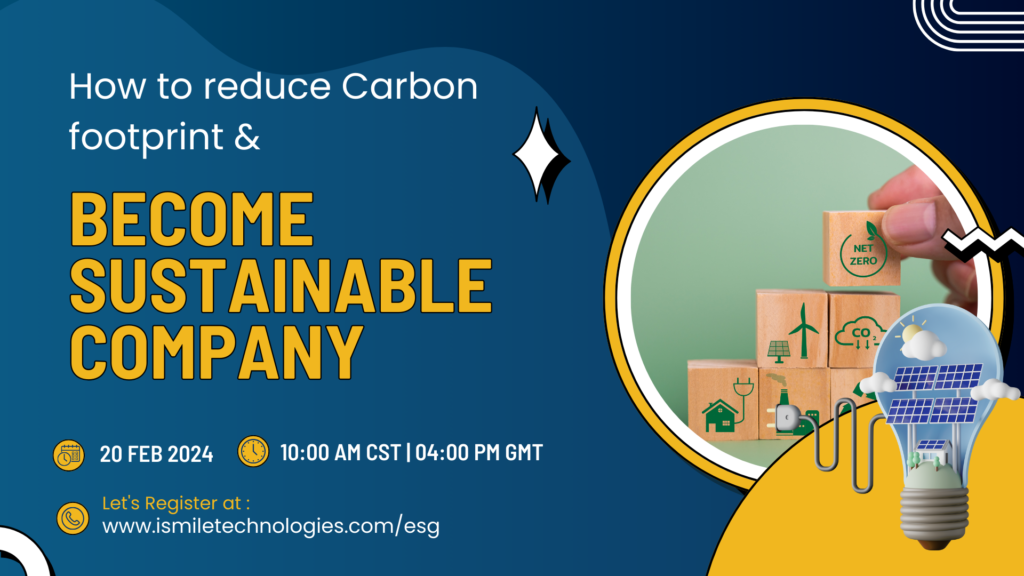In today’s rapidly evolving digital landscape, businesses are increasingly recognizing the importance of adopting sustainable practices. As organizations strive to reduce their environmental impact, the role of virtualization technology in enhancing the sustainability of IT services cannot be understated. Virtualization offers a transformative approach that optimizes resource utilization, minimizes energy consumption, and improves overall operational efficiency. This article explores the fundamental concepts of virtualization and its potential to make IT services more sustainable.
The Power of Virtualization
Virtualization technology revolutionizes the traditional IT infrastructure by creating virtual instances of servers, storage devices, and networks. Through this process, a single physical server can host multiple virtual machines, each operating independently. This capability brings forth a myriad of advantages, including enhanced scalability, improved flexibility, and reduced hardware costs. Let’s delve into the various ways virtualization can contribute to a more sustainable IT ecosystem.
1. Consolidating Infrastructure: Doing More with Less
One of the primary benefits of virtualization is the consolidation of infrastructure. By running multiple virtual machines on a single physical server, organizations can significantly reduce the number of machines required, leading to lower power consumption, reduced space requirements, and diminished e-waste generation. This consolidation optimizes resource utilization, making IT operations more efficient and sustainable.
2. Energy Efficiency: Minimizing Environmental Footprint
Virtualization technology enables dynamic resource allocation, allowing servers and other resources to be provisioned based on demand. This flexibility eliminates the need for maintaining idle servers, which consume energy without providing any real value. By optimizing resource usage, virtualization minimizes energy consumption, resulting in a reduced carbon footprint and lower utility costs.
3. Disaster Recovery and Business Continuity: Sustainable Resilience
Virtualization technology offers robust disaster recovery and business continuity solutions. By creating backups and snapshots of virtual machines, organizations can ensure quick recovery in the event of system failures or natural disasters. This capability reduces downtime, prevents data loss, and contributes to sustainable business operations by minimizing disruptions and enabling efficient recovery processes.
4. Scalability and Flexibility: Adapting to Changing Needs
In the digital age, businesses must be agile and adaptable to stay competitive. Virtualization provides the scalability and flexibility necessary to meet evolving IT requirements. By easily provisioning and deploying virtual machines, organizations can rapidly respond to changing workloads and market demands. This agility not only enhances operational efficiency but also reduces unnecessary resource consumption, making IT services more sustainable.
5. Enhanced Resource Utilization: Reducing Waste
Traditional IT infrastructures often suffer from underutilization of resources, leading to wasted capacity and inefficiencies. Virtualization addresses this challenge by optimizing resource allocation. With virtualization, IT resources can be dynamically allocated and shared among virtual machines, ensuring that computing power, storage, and networking capabilities are utilized to their fullest potential. This reduction in resource waste contributes to a more sustainable IT environment.
6. Green IT Initiatives: Supporting Environmental Responsibility
Virtualization aligns with green IT initiatives, which promote environmentally responsible practices within the IT industry. By adopting virtualization technology, businesses can showcase their commitment to sustainability, reduce electronic waste, and minimize their overall environmental impact. Additionally, virtualization can contribute to meeting corporate social responsibility goals, attracting environmentally conscious customers, and fostering a positive brand image.
Need help on maintaining Azure Security Center Secure Score of Clients?
Our experts can help you on all kinds of works on Azure Security Center.
Conclusion
In conclusion, virtualization technology offers a powerful solution for making IT services more sustainable. By consolidating infrastructure, optimizing resource utilization, and improving energy efficiency, virtualization minimizes environmental impact while enhancing operational efficiency. The scalability and flexibility provided by virtualization enable businesses to adapt to changing needs, while robust disaster recovery capabilities ensure sustainable resilience. Embracing virtualization aligns with green IT initiatives and demonstrates a commitment to environmental responsibility. With its numerous benefits and potential for reducing electronic waste, virtualization technology is a key enabler of sustainable IT practices.








